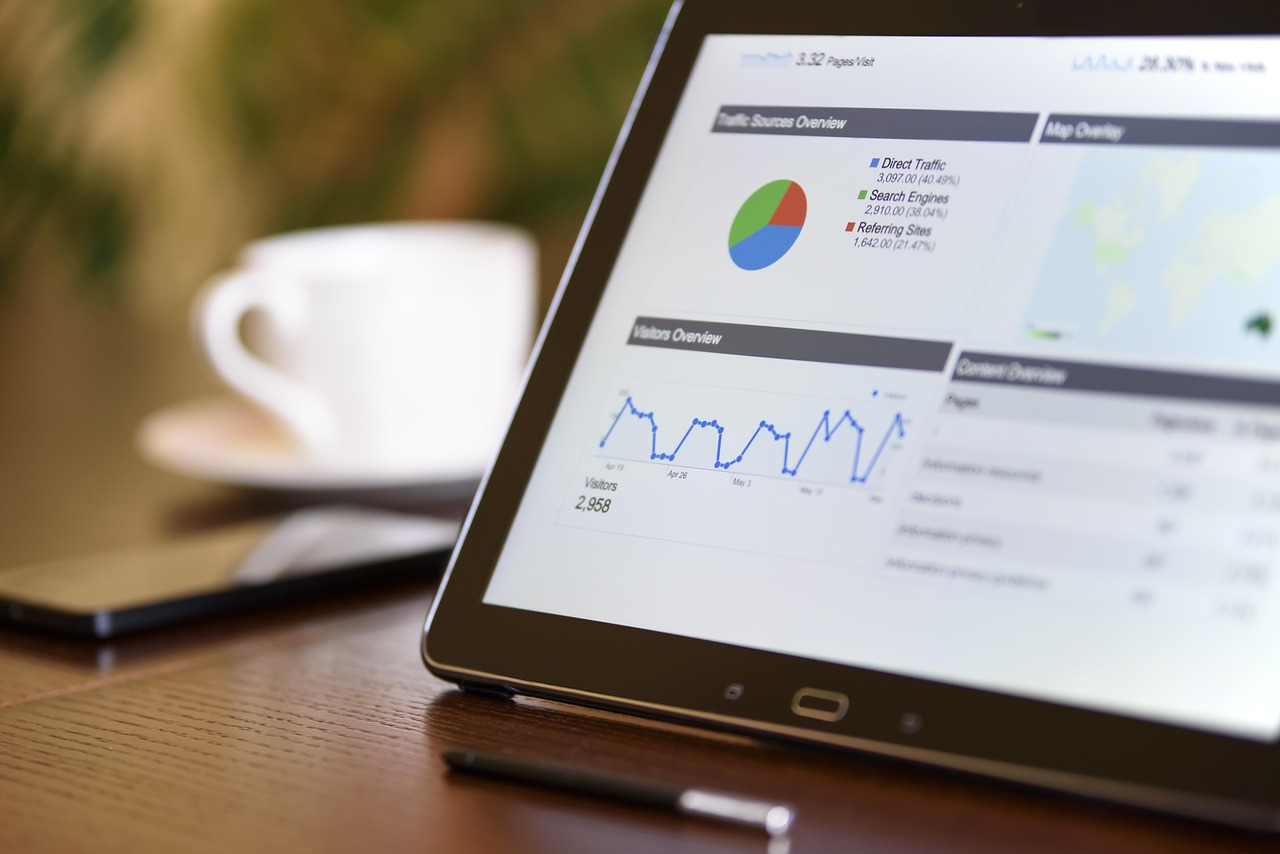Understanding the economy is crucial for making informed decisions, whether you’re an investor, business owner, or simply a concerned citizen. The economy impacts everything from job opportunities and salaries to the prices of goods and services. This blog post will delve into the key aspects of the economy, providing a comprehensive overview of its components, indicators, and how it functions.
Understanding the Basics of the Economy
What is an Economy?
At its core, the economy is a system that involves the production, distribution, and consumption of goods and services. It’s a complex network of interactions between individuals, businesses, and governments, all aiming to allocate scarce resources to satisfy unlimited wants and needs. This allocation happens through various mechanisms, including markets, regulations, and social norms.
- A market economy relies primarily on supply and demand to determine prices and quantities.
- A command economy relies on central planning by the government.
- Most modern economies are mixed economies, combining elements of both market and command systems.
Key Economic Players
The major players in any economy include:
- Households: They provide labor and consume goods and services. They are the fundamental unit of economic activity.
- Businesses: They produce goods and services, employing labor and using capital. They are driven by profit motives, incentivizing efficiency and innovation.
- Governments: They regulate the economy, provide public goods, and redistribute income. Governments play a critical role in maintaining stability and addressing market failures.
The Circular Flow Model
A useful way to visualize the economy is through the circular flow model. This model illustrates the flow of money, goods, and services between households and businesses. Households supply labor to businesses, who in turn pay wages. Households then use these wages to purchase goods and services from businesses, completing the cycle. This model can be expanded to include government and the foreign sector, making it more comprehensive. The financial sector, which includes banks and other financial institutions, plays a crucial role in channeling savings into investment, facilitating economic growth.
Measuring Economic Performance
Gross Domestic Product (GDP)
Gross Domestic Product (GDP) is the most widely used measure of a country’s economic output. It represents the total value of all final goods and services produced within a country’s borders during a specific period, typically a year or a quarter.
- Nominal GDP is measured in current prices and is not adjusted for inflation.
- Real GDP is adjusted for inflation, providing a more accurate picture of economic growth.
For example, if Nominal GDP increased by 5% but inflation was 3%, the Real GDP growth would be approximately 2%.
Inflation and Unemployment
Inflation is the rate at which the general level of prices for goods and services is rising, and subsequently, purchasing power is falling. It is typically measured by the Consumer Price Index (CPI).
- Demand-pull inflation occurs when there is too much money chasing too few goods.
- Cost-push inflation occurs when the costs of production increase, leading businesses to raise prices.
Unemployment refers to the percentage of the labor force that is actively seeking employment but unable to find work. A low unemployment rate generally indicates a healthy economy, while a high unemployment rate can signal economic recession. The unemployment rate is often accompanied by related metrics like the labor force participation rate and underemployment rate to provide a more complete picture of the labor market.
Other Key Economic Indicators
Besides GDP, inflation, and unemployment, other important economic indicators include:
- Consumer Confidence Index (CCI): Measures consumer optimism about the economy.
- Producer Price Index (PPI): Measures changes in the prices received by producers.
- Interest Rates: Influence borrowing costs for businesses and consumers.
- Trade Balance: The difference between a country’s exports and imports. A trade surplus indicates that a country exports more than it imports, while a trade deficit means the opposite.
Factors Driving Economic Growth
Technological Advancements
Technological innovation is a major driver of long-term economic growth. New technologies can increase productivity, create new industries, and improve living standards. From the invention of the printing press to the development of the internet, technological breakthroughs have consistently fueled economic progress.
- Automation increases efficiency and reduces labor costs.
- The internet has created new markets and business models.
- Artificial intelligence is poised to transform many industries.
Capital Accumulation
Capital accumulation refers to the increase in the stock of capital goods, such as machinery, equipment, and infrastructure. Investment in capital goods enhances productivity and expands an economy’s productive capacity. For instance, constructing new factories or investing in renewable energy sources contributes to capital accumulation.
- Investing in infrastructure improves transportation and communication.
- Businesses invest in new equipment to increase efficiency.
- Education and training enhance human capital.
Human Capital Development
Human capital refers to the skills, knowledge, and experience possessed by the labor force. Investing in education, training, and healthcare improves human capital, leading to increased productivity and higher wages. Countries with a highly educated and skilled workforce tend to have stronger economies.
- Education increases earning potential and promotes innovation.
- Training programs equip workers with valuable skills.
- Healthcare improves worker health and productivity.
The Role of Government in the Economy
Fiscal Policy
Fiscal policy refers to the government’s use of spending and taxation to influence the economy. By adjusting spending levels and tax rates, governments can stimulate economic growth, reduce unemployment, and control inflation.
- Expansionary fiscal policy involves increasing government spending or cutting taxes to boost demand.
- Contractionary fiscal policy involves decreasing government spending or raising taxes to reduce demand.
For example, during a recession, a government might implement a stimulus package that includes increased spending on infrastructure projects or tax cuts for individuals and businesses.
Monetary Policy
Monetary policy is the set of actions undertaken by a central bank to manipulate the money supply and credit conditions to stimulate or restrain economic activity. Central banks like the Federal Reserve in the United States use tools like interest rates and reserve requirements to influence borrowing costs and inflation.
- Lowering interest rates encourages borrowing and investment.
- Raising interest rates discourages borrowing and investment.
- Quantitative easing involves injecting liquidity into the financial system.
Regulation
Governments also play a vital role in regulating the economy. Regulations are designed to protect consumers, ensure fair competition, and prevent market failures. Environmental regulations, for example, aim to mitigate pollution and conserve natural resources. Financial regulations are designed to prevent banking crises and protect investors. Antitrust laws prevent monopolies and promote competition.
Conclusion
Understanding the economy is a continuous process of learning and adapting to ever-changing conditions. By understanding the basics of economic principles, how economic performance is measured, the factors that drive economic growth, and the role of government, individuals can make better financial decisions, businesses can strategize more effectively, and societies can work towards sustainable economic prosperity. Staying informed about economic trends and developments is crucial for navigating the complexities of the modern world.




